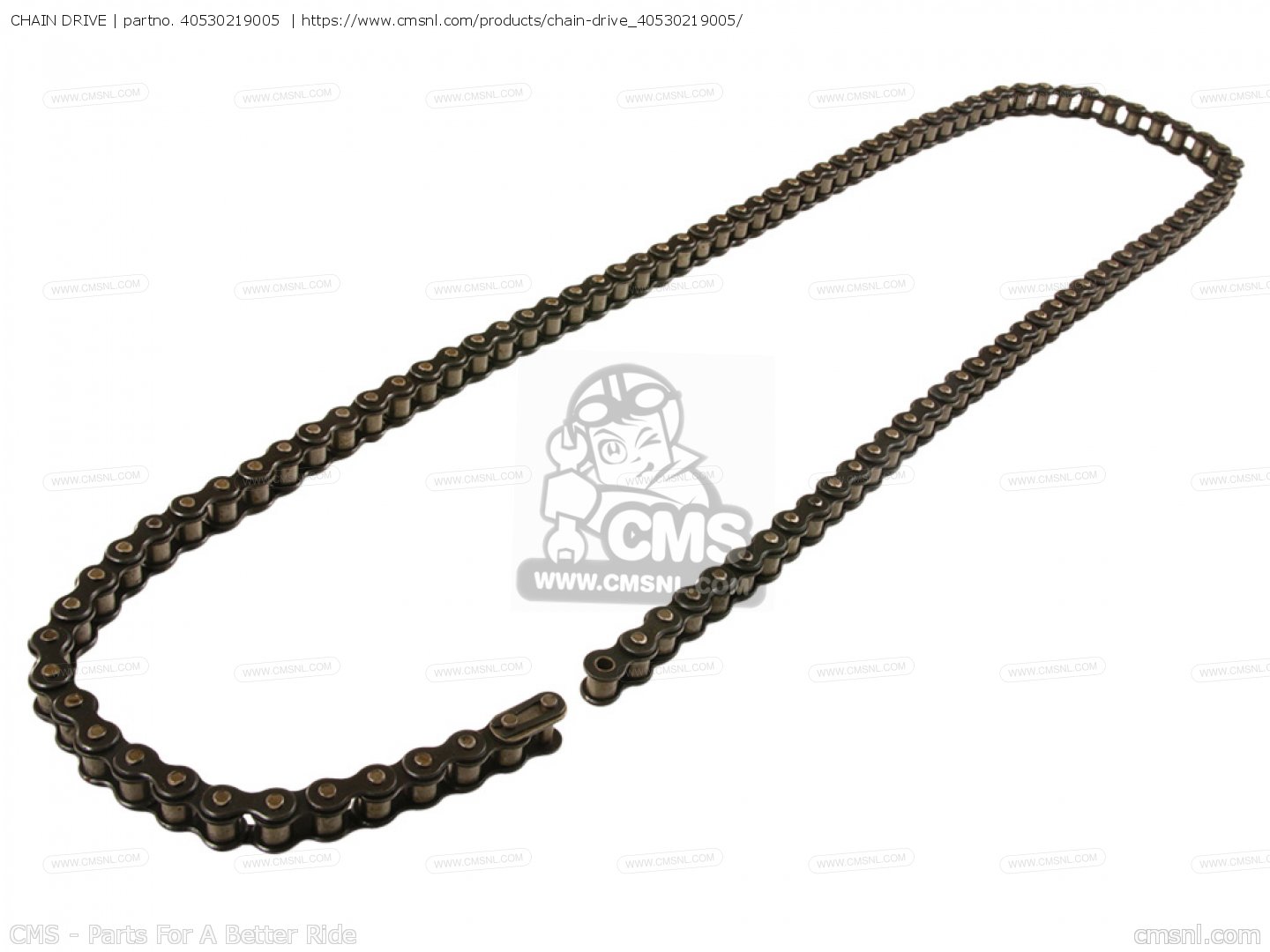

It provides the structured approach necessary to align an organization’s business strategy with its information technology – so that it can effectively manage risk and meet compliance requirements. Reputational risk offers less of a quantifiable loss but, nonetheless, is one of the most potentially destructive to any company or brand.Ī GRC framework integrates firm-wide systems and processes to oversee all aspects of governance, enterprise risk management, and compliance. Reputational risk can result from failures in any of the above four categories that lead to a weakened public perception of the business.This may include credit risk or liquidity risk – or be combined with an operational risk such as fraud or mismanagement. Financial risk as a category of business risk means losing money on an investment or business venture.This can range from accidental IT failures to intentional fraud, hacking, or cyberattacks. IT risk arises from the failure or misuse of IT, leading to loss or negative business outcomes.Compliance risk results from violations of laws, regulations, codes of conduct, or established standards of practice within an industry or organization.It comes from failures (accidental or intentional) across the structure, systems, people, products, or processes involved in any aspect of business operations. Performance or operational risk has the broadest set of boundaries and the greatest potential variety.A recent article in Forbes supports the growing need and desire for enterprise risk management (ERM) strategies that use “proactive, integrated solutions encompassing people, data, and infrastructure.”īusiness risks fall into five basic categories, all or any of which an organization’s ERM and GRC strategies must be prepared to anticipate, mitigate, and, most importantly, prevent. The organization’s values, processes, and commitment are vital to the way that it manages risk. Technology plays a vital role in the early detection of risk – but enterprise risk management requires more than technology.

Still others are due to external threats such as cybersecurity attacks and fraud. Others come from within and are due to operational, procedural, or technical weaknesses. Some risks – like a pandemic – are beyond anyone’s control. Anything that could potentially lead to a negative outcome in any aspect of the business presents a risk. If you still have any questions or query then don’t hesitate to write them down under the comment section and I will be happy to help.The R in GRC stands for risk. I hope you got a fair basic idea about chain drive. Automobile industry use chain drive for transferring power Conclusion.Construction equipment’s use a chain drive to lift materials.Extensively used in heavy agricultural machinery.The chain drive is extensively used in the elevators.The cost is high compare to belt drive.Speed variation using different size sprockets is not as easy as belt drives.Not suitable for long-distance power transfer.Need separate housing to cover the chain drive.Vibration is more compared to belt drive.Put less stress on pulleys Disadvantages Of Chain Drive.Occupies less space compare to belt drive.In case of any issue with any link, you just need to change the link, not the whole chain.It can be used for reversing drive with external force.More temperature resistant than belt drive.Does not wear and wear quickly like any belt drive.Stud link chain Advantages Of Chain Drive.Following types of hoisting chains are found in the industries


 0 kommentar(er)
0 kommentar(er)
